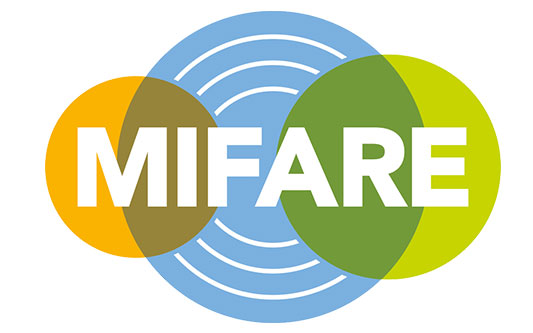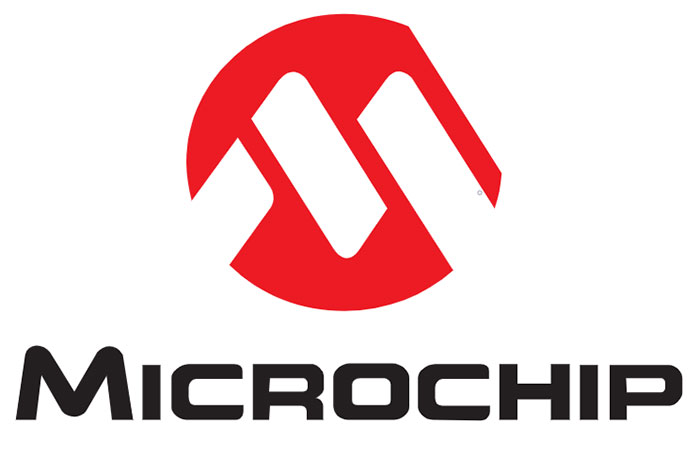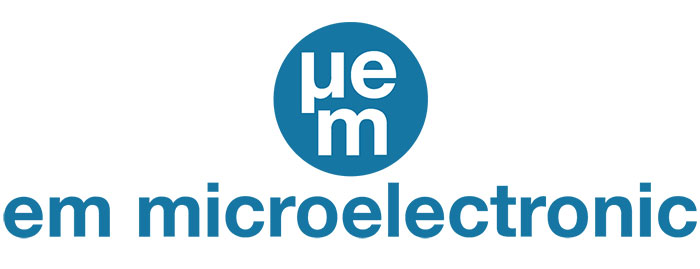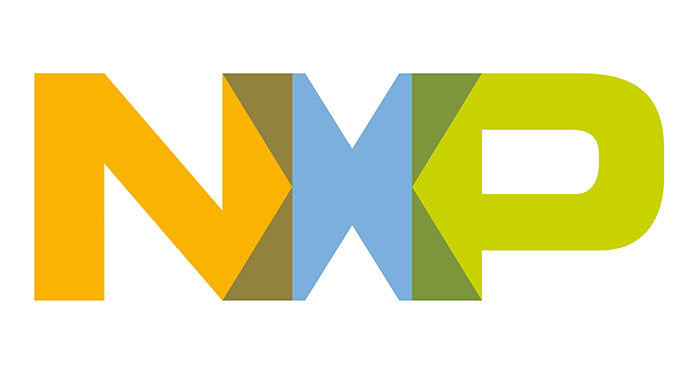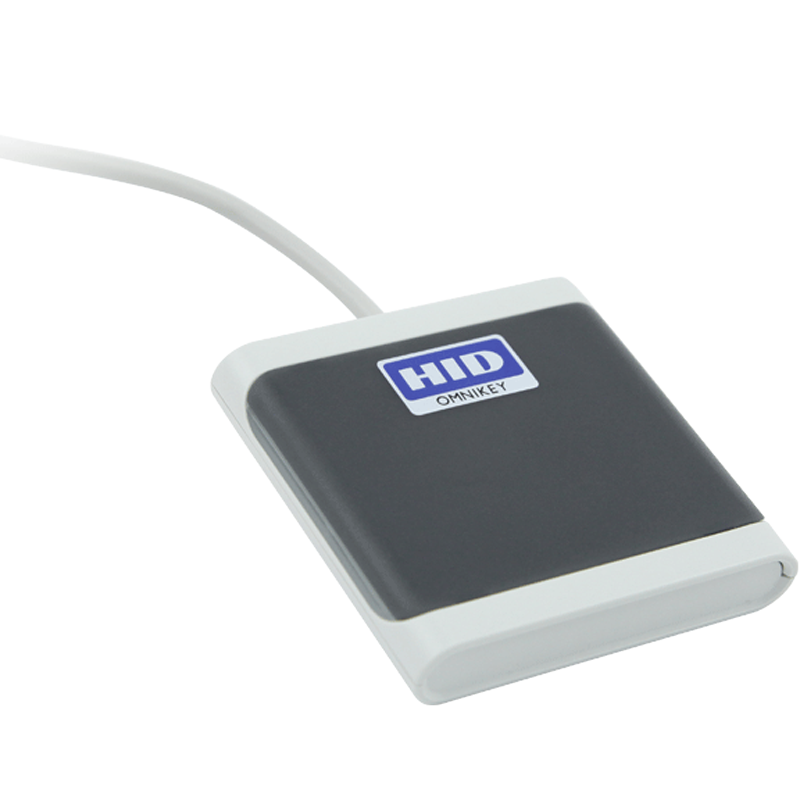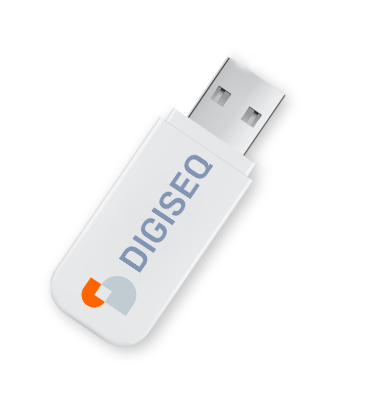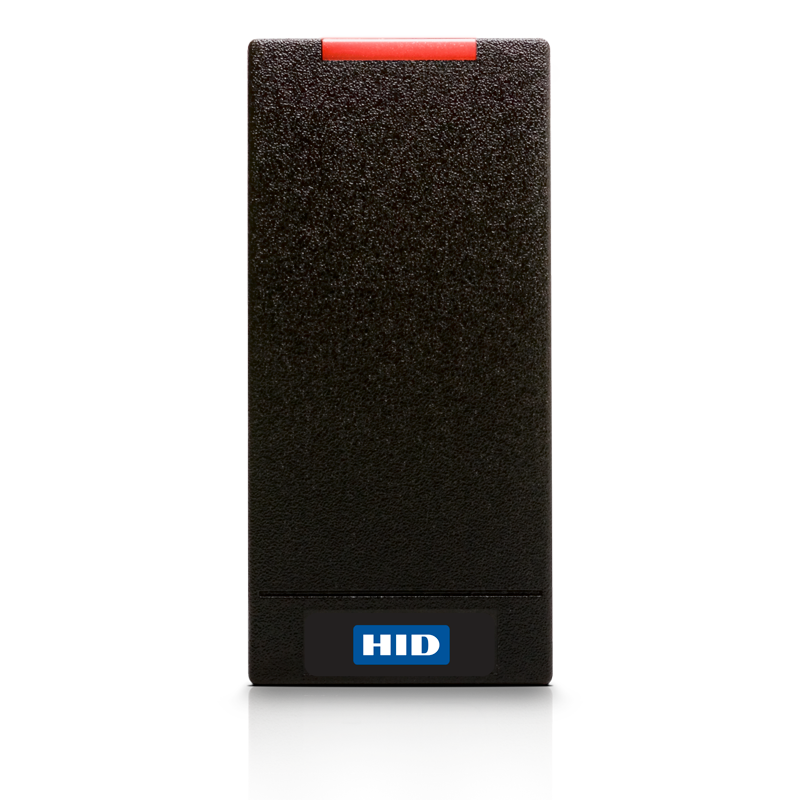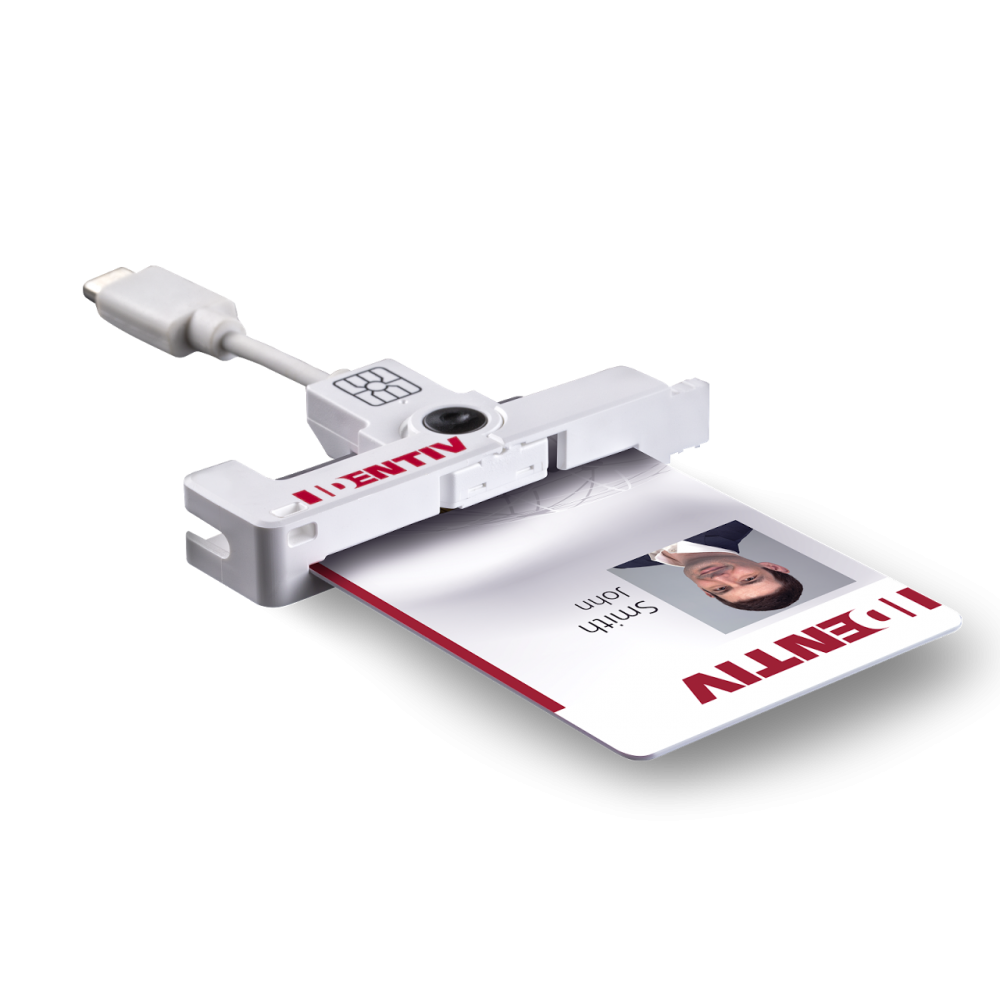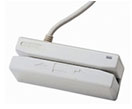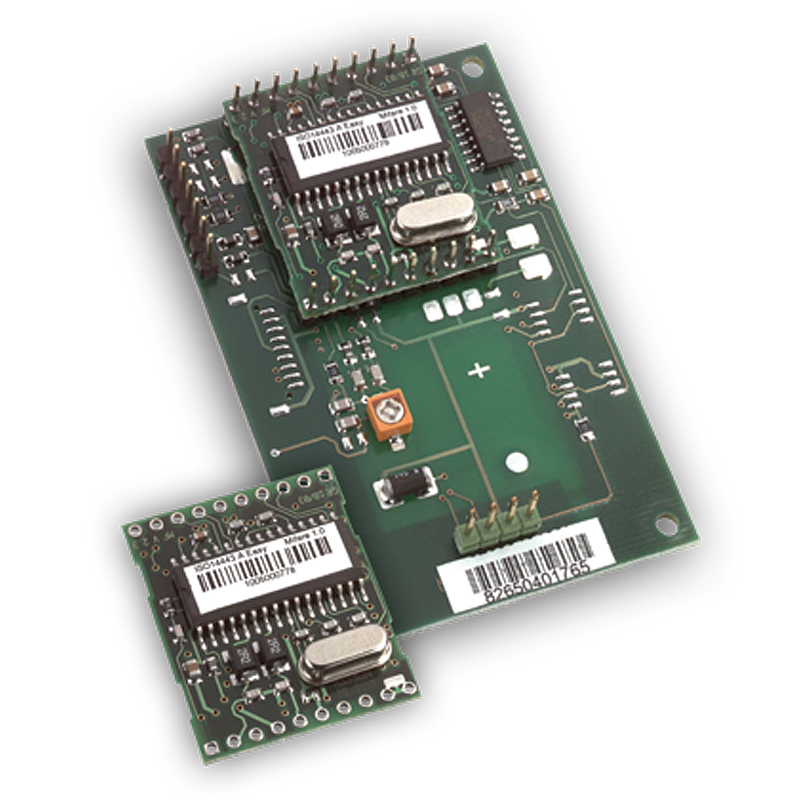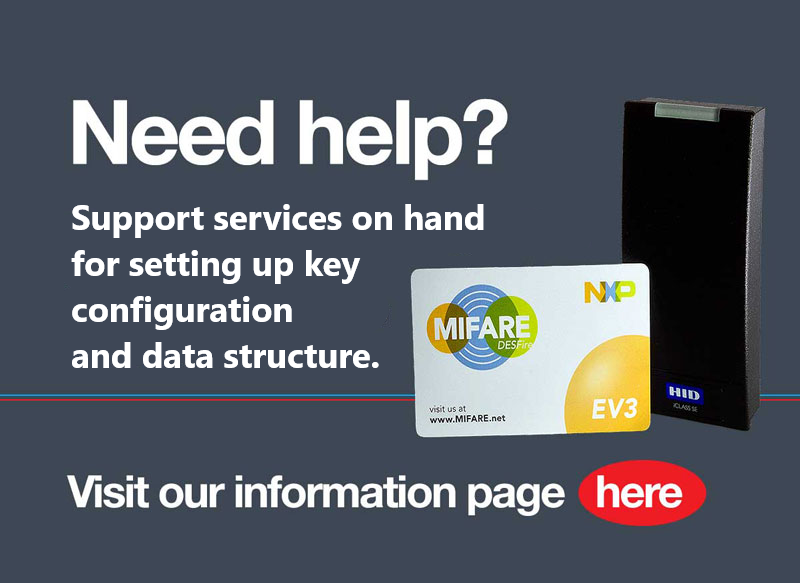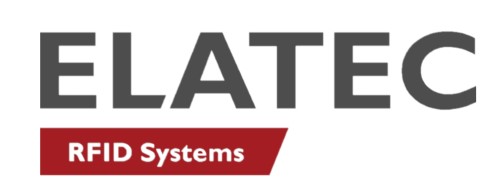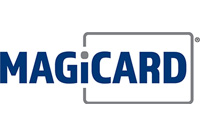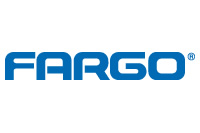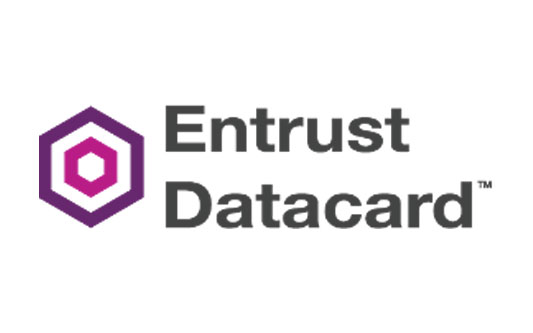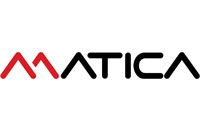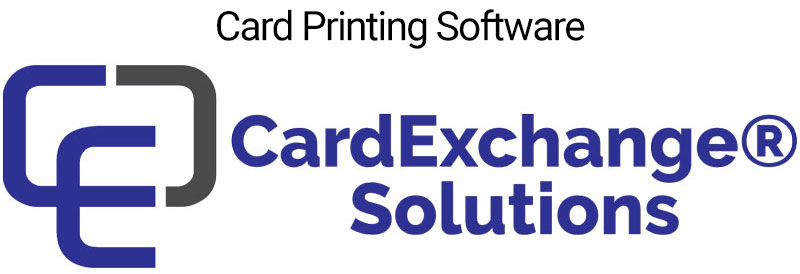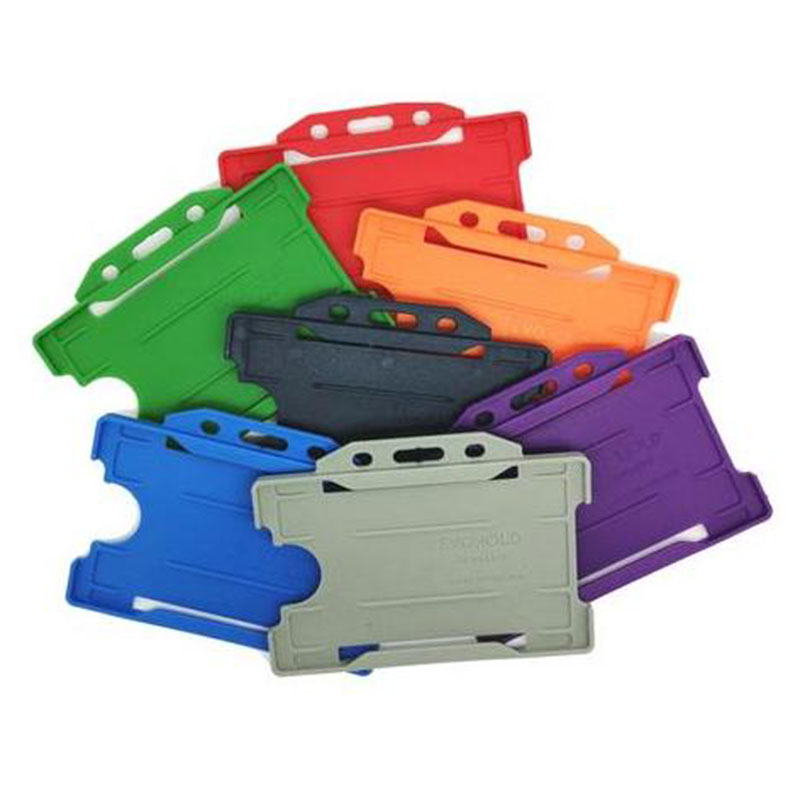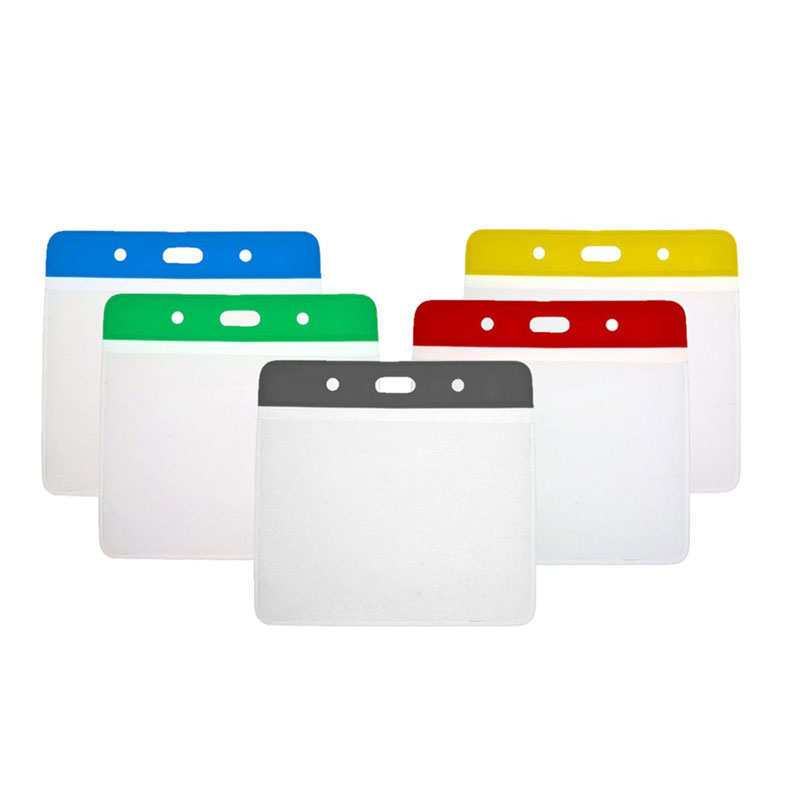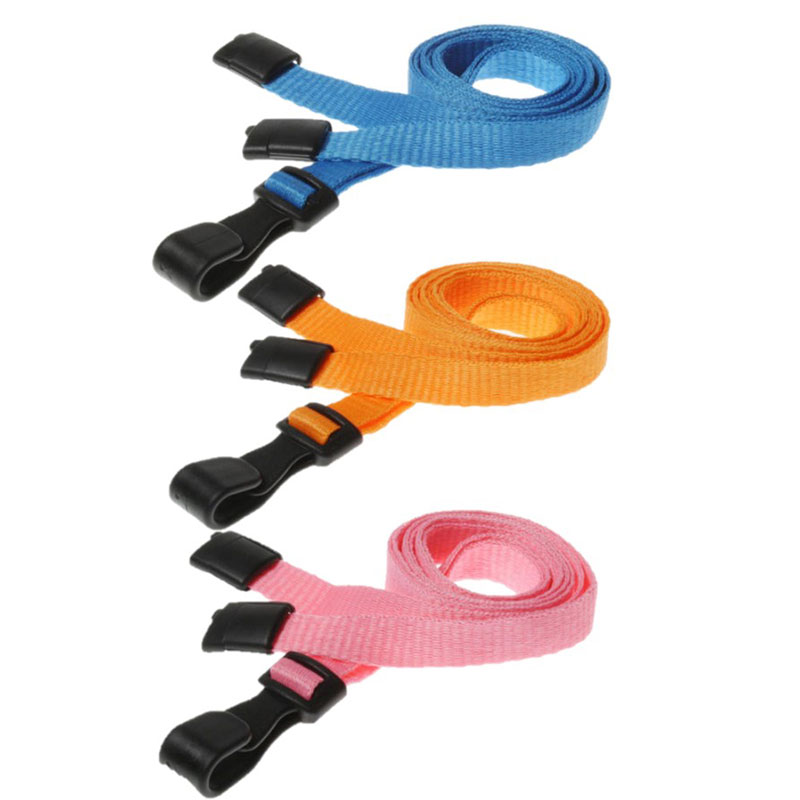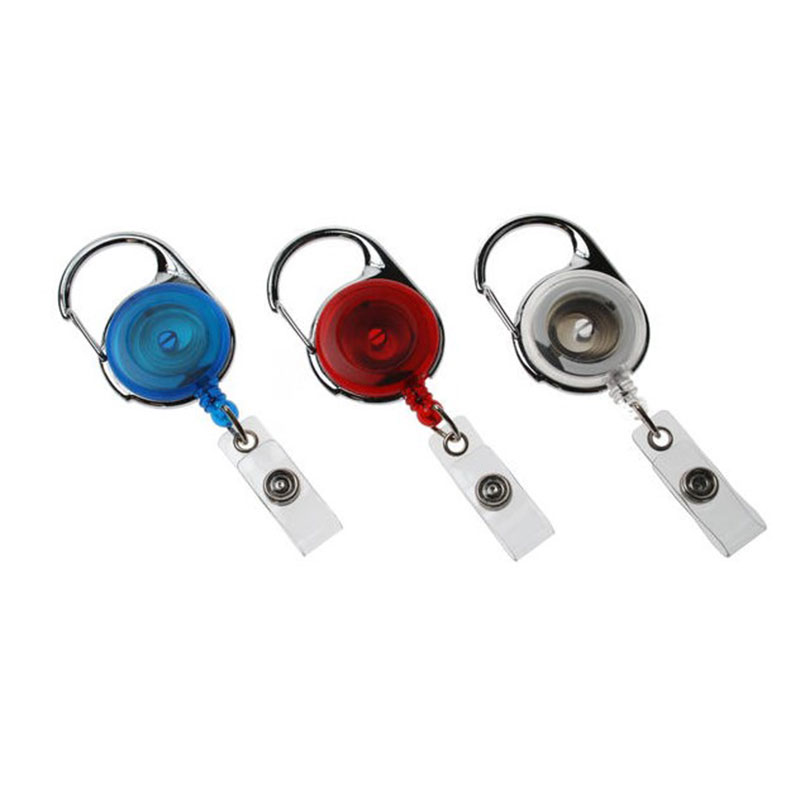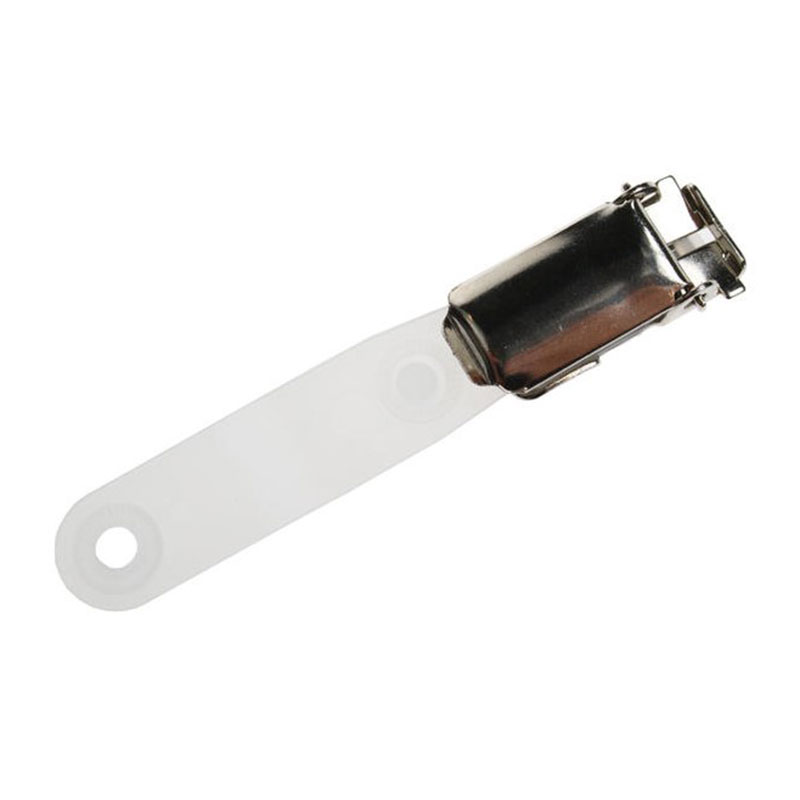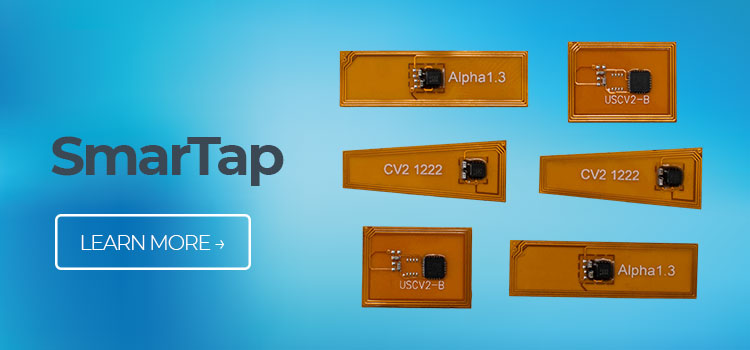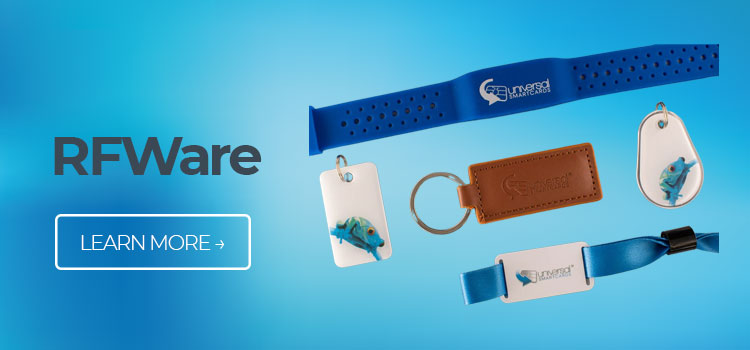
By Kevin Loveman, Director of Operations and Technical Affairs, Universal Smart cards Ltd.
At the time of writing, it’s has been just over a year since COVID-19 became a global pandemic. During the last year saw changes made to smart card usage that will probably become the normal for the foreseeable future.
When it all started, I hadn’t really thought about how the things we did in our everyday lives would need to change. To me it was just wash hands, stay home and if outside, keep a distance from everyone else. Then came the changes to the shopping experience. Shops stopped wanting to handle cash, even the thought of touching the pin pad on a card payment device started to become something which was undesirable. Contactless payments began to rise sharply as a result and the limit on the transaction was increased which made it even easier to conduct larger purchases without having to touch some many surfaces.
Whilst payment was having its own shift into further contactless adoption, other industries were not having such a boom. As many businesses moved to a work from home model the need for office access and the associated security pass/identification card decreased. The feeling was that working in an office many never return and maybe access control cards just weren’t going to be needed. The reality, as it turns out, is that the stoppage in the issuance of cards was only short term. Many office blocks and spaces are now going being shared and occupied by multiple companies or corporations that will all need cards to control their separate spaces and make access to shared areas secure meaning that even more cards will be required than before. The smart card used for such solutions are now also being used as payment cards for vending machines or canteen environments that allow a tap to pay.
It’s not been a success story everywhere though. I’ve seen some solutions that used a smart card as part of the scheme collapse and, sadly, cease trading. When the world stopped going places things such as car parks, hotel rooms and leisure clubs just weren’t needed. I am confident that all these things will return to levels seen previously, or even greater, to the pandemic however for some it was just too sudden. Environments which previously used a contact chip are now moving forward with plans to introduce contactless.
I’ve also seen some very innovative solutions be created to help during these times. One such item, created with the hotel industry in mind, allows guests to be safely handed their room key card without the reception clerk having to touch the card thus removing the risk of passing the virus by contact.
Smart cards have been evolving for a long time, but the COVID-19 pandemic has seen an increase in the pace of innovation. Now that contactless payment has become almost the normal for a lot of people the bank card is poised to evolve into a more accessible, more convenient, device that can be worn or be with you in situations where carrying a wallet or purse is not able to be done. This began a few years ago with ApplePay and GooglePay making it possible to make a purchase from your wristwatch. This works well for those that like technology and, in some cases, can afford the cost of such devices. More affordable devices are starting to appear on the market, with many more closely following. Having contactless in a wearables item offers protection for the future in a healthier world.
There used to be a saying that was along the lines of you can’t have security and convenience and that is has to be a choice between the two. This is no longer the case. Many RFID devices used for access control, payment, travel tickets and many other uses have passport level security that prevent misuse or fraud. Convergence of solutions is now possible with the smart card being at the heart of it. The same card that is used to allow access through a barrier can also be used to securely log onto a PC as well as buy your lunch. All with the only person that touches the card being yourself.
The last year has seen some ups and downs for smart cards but, I believe, as the world comes to terms with the coronavirus and learns to make changes around it, further for smart cards, in whatever form they end up in, is good and will only increase in uses and adaption. Now, I just need to find a new term for them as ‘card’ may no longer be applicable in the near future.

